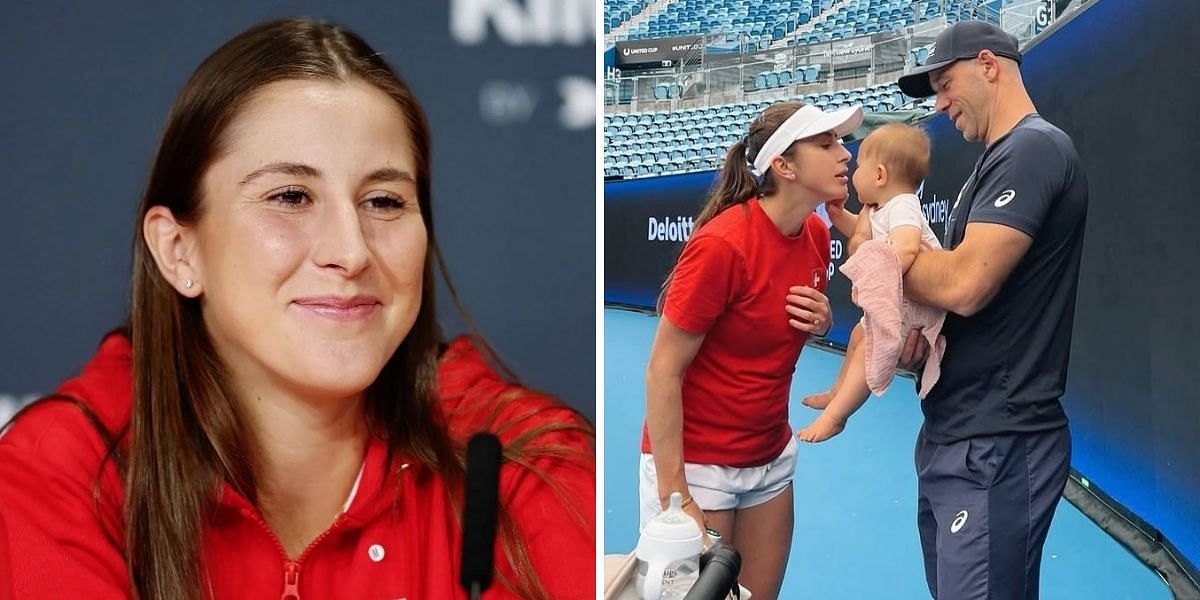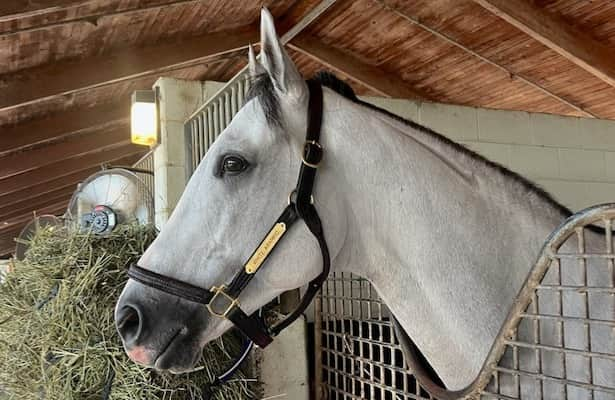Everybody showed up for the Rafa-Djokovic show

Paris: Rafael Nadal was in much demand today. Not the greatness-soaked Spaniard. His steel-coated statue.
Right by the main entrance of Roland Garros, it had visitors pause and take a moment to either have a quick glance or snap a picture. The 3m tall sculpture, and its signature forehand, was sparking under the hot afternoon sun. Inside Court Philippe-Chatrier, that forehand was being put to work for real, against a man who is all too familiar with it.
No one was quite sure how long it will last — at this Olympics, on these courts, in his career, in their rivalry.
That is what made this men’s singles second round of the Paris Olympics a place where everyone who had anything to do with these Games wanted to be on a Monday at 1:30pm.
Rafael Nadal and Novak Djokovic have clashed 59 times in the past. The 60th was an unprecedented early meeting which ended with a 6-1, 6-4 Djokovic romp. Also unprecedented was the interest it garnered. From the general public and the global media that had flocked the court, which was so overbrimming that people had to be denied entry after a point by official security personnel. “Yeah, it’s different today. So many people!” said a volunteer in charge of the area.
Seated outside the Chatrier amidst a swamp of walking bodies was a family of six from Spain. All of them carried Spanish flags on their shoulders, were dressed in the familiar red of the country and wore signature Nadal caps. Yet, their faces were glum. The result was yet to unfold. “No tickets!” the father, accompanied by his wife and four kids, sighed. “We don’t know when we’ll see Rafa here next.”
That air of uncertainty again. Inside, Chatrier was buzzing, never mind the boiling heat. Even before women’s world No. 1 Iga Swiatek, who played the earlier match on court, could make an exit, the announcer switched to building up the “special match”. It met a special welcome, and a special roar in unison when the two sharing 46 Grand Slams got together at the net for the pre-match photo.
There was that quick wave to the crowd by Nadal at his introduction, minus the breathless count of his 14 French Open titles that usually runs in the background. This was the Olympics, at a supposed neutral venue, but it could very well have been Mallorca. His last sighting in singles on these courts he had owned or not, the crowd sought every bit of Nadal.
The cheers were rhythmic: Rafa, clap clap clap, Rafa, clap clap clap. And at frequent intervals. When he went from 0-40 to 30-40 in the first game. When out came his forehand for real again, an inside out crosscourt winner off his ankle. When he pulled things back to deuce at 3-0 down in the first set. When, and this was the loudest of them all, he made it 4-4 from being 4-0 and a double break down in the second set.
Fans were all behind him, but Djokovic was all over him. Certainly, so in the first set. The rivalry that kept the tennis world hooked for years with classics and marathons at the business end of Grand Slams was a quick lopsided landside from one end in a second round. At 38, after battling a spate of injuries over the last couple of years and grappling to find a high level this season, the two may not have many meetings left.
As Djokovic played his air violin, the crowd acknowledged. As Nadal walked off waving towards every corner of the stands, the crowd applauded.
No one was quite sure how long it will last — at this Olympics, on these courts, in his career, in their rivalry.
Related
Victoria Azarenka tells WTA pro to put her racket ‘in…
Victoria Azarenka has been involved at the top of the WTA Tour for over a decade now.Azarenka has struggled so far in 2025, having won only two of her six matc
Belinda Bencic shares adorable moment of daughter Bella & husband…
Belinda Bencic recently shared images of herself relaxing with her family ahead of the BNP Paribas Open, which begins on March 3. The World No. 65
Djere vs. Baez Prediction at the Movistar Chile Open –…
In the final at the Movistar Chile Open on Sunday, Laslo Djere (ranked No. 103) meets Sebastian Baez (No. 31). Baez is the favorite (-135) to win the
American players make history at the ATX Open after matching…
American players continue to impress on the WTA Tour following Madison Keys winning the Australian Open.Keys beat Aryna Sabalenka to win her first Grand Slam t







:max_bytes(150000):strip_icc():focal(757x341:759x343)/flight-corpse-022525-1-a2833d70f3f943ff8859d52a403a2739.jpg)




